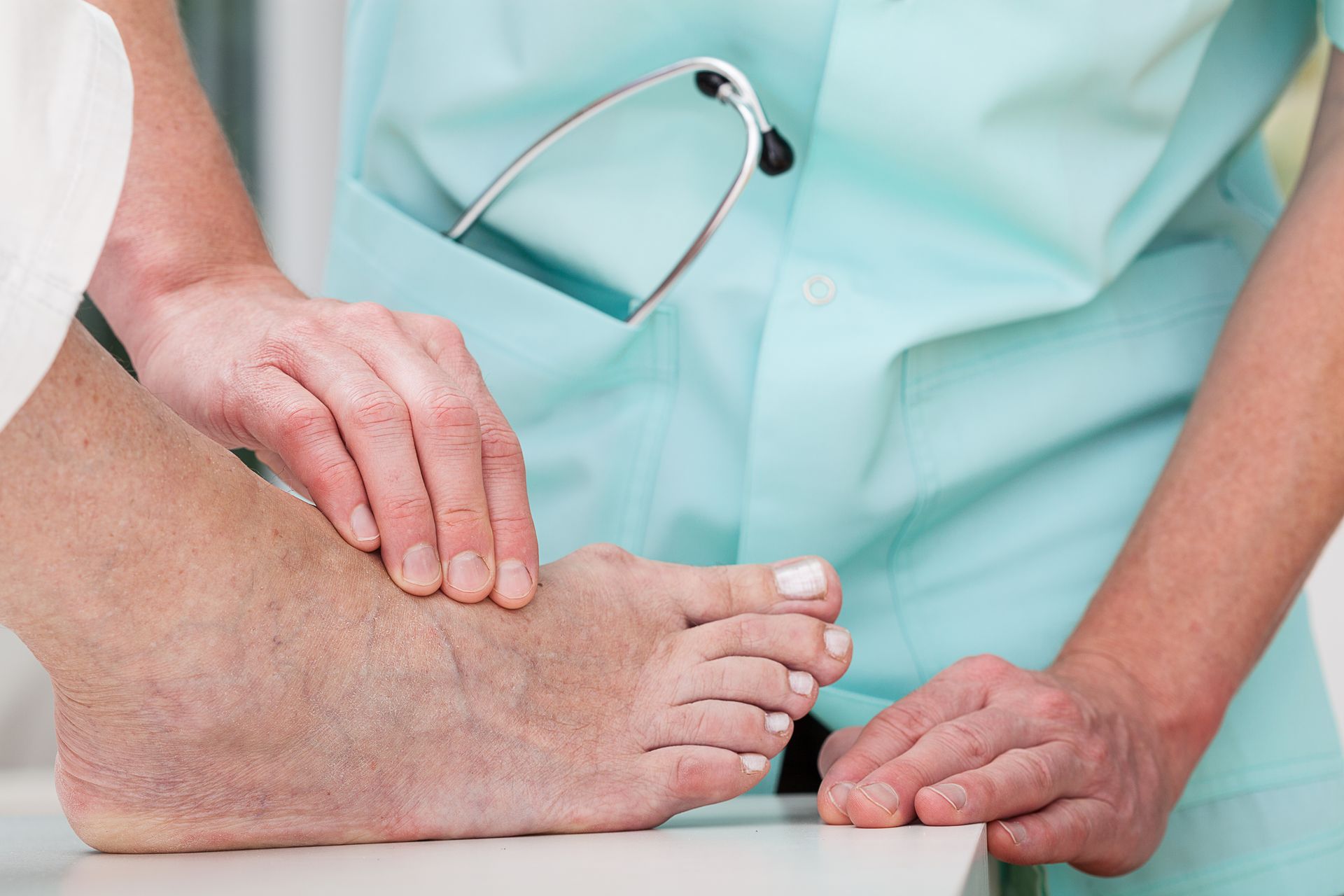
Top 4 Sources of Heel Pain Among Baton Rouge Podiatry Patients
Heel pain is the most common reason for an appointment in our office. Most patients assume their heel pain is caused by a spur, but there are actually several common causes for heel pain. Today, we’ll give you a few tricks to help you determine which condition is the likely culprit causing your heel to hurt:
- Plantar fasciitis
- Achilles tendinitis
- Stress fracture
- Apophysitis (Sever’s disease)
Plantar Fasciitis as a Source of Heel Pain
Plantar fasciitis is the most common cause of heel pain in the world. It is tendinitis caused by a combination of repetitive strain (overuse) and insufficient arch support. Plantar fasciitis is often called Heel Spur Syndrome and is frequently confused with a “stone bruise.” Patients with this condition generally complain of “first step” pain when getting out bed in the morning which eases with rest and worsens at the end of the day. The “first step” pain often repeats when standing up after a short period of rest. Plantar fasciitis hurts with compression on the bottom of the heel.
Achilles Tendinitis as a Source of Heel Pain
Achilles tendinitis is inflammation and pain on the back of the heel. The Achilles tendon is essentially a rope that attaches to the back of the heel bone and assists with propulsion (forward movement) by pushing the foot down while walking, running, etc. The Achilles tendon also pulls back on the heel to decelerate (slow down) the body during gait. This condition can be overuse and arch support related, but it also typically includes a component of calf muscle and hamstring tightness.
Stress Fracture as a Source of Heel Pain
Stress fractures of the heel bone can be distinguished from plantar fasciitis and Achilles tendinitis by pain with side-to-side squeeze of the heel bone. Unlike plantar fasciitis, a stress fracture will tend to feel best at the beginning of the day and worsens significantly with activity. Another distinguishing feature is that stress fractures often cause swelling in the back of the foot/ankle.
Apophysitis (Sever’s Disease) as a Source of Heel Pain
Sever’s Disease is not an actual disease but rather a growth plate irritation caused by age, activity and muscle/tendon tightness. This is a very common condition affecting children ages 8-11 or so. Like stress fractures, this condition is painful with side-to-side squeeze of the heel bone. It usually occurs with a dramatic increase in activity, such the beginning of cross country or soccer season or as dancers get closer to The Nutcracker and practice hours increase. Interestingly, apophysitis usually hurts more after the aggravating activity than during it.
Heel pain is an exceedingly common cause for doctor’s appointments. Many patients think it is always one condition, but there are several common causes for heel pain. By paying close attention to the location and type of pain, as well as any activity that may have preceded it patients can better determine the source of their discomfort. Of course, the only way to know for sure is to visit a physician such as a board-certified podiatrist for a diagnosis and specialized treatment plan.
If you are experiencing heel pain, don’t attempt to wait it out. Schedule an appointment now, before your condition has an opportunity to worsen, and begin taking the steps necessary to restore your foot to a pain-free state.

Patrick Hall, DPM
Quick Links
Newsletter
Newsletter
We will get back to you as soon as possible.
Please try again later.
